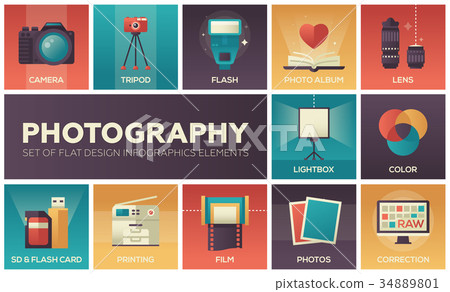What Every Digital Photographer Should Learn About Lights
What Every Digital Photographer Should Learn About Lights
Blog Article
Team Author-Rogers Olsson
As a photographer, you recognize that lights can make or damage your pictures. Understanding the nuances of both all-natural and artificial light is necessary for catching the mood and clearness you go for in your work. Whether you're going after the ideal gold hour radiance or fine-tuning your man-made setups, grasping these elements can raise your digital photography considerably. However there are common mistakes that several forget, and acknowledging them can change your approach to every shoot. Allow's explore what http://miles3388kayleigh.booklikes.com/post/6569486/find-out-just-how-to-pick-the-perfect-video-camera-tailored-to-your-photography-style-and-requires-yet-are-you-considering-all-the-important-variables could be missing out on and how it can affect your outcomes.
Comprehending Natural Light
Understanding all-natural light is crucial for any type of professional photographer wanting to boost their job. It's the structure of terrific photography, influencing state of mind, tone, and clearness. When you shoot outdoors, focus on the moment of day. The golden hour-- quickly after dawn and before sundown-- offers soft, cozy light that can transform common scenes into magnificent pictures.
Don't take too lightly the power of cloudy days. Cloud cover diffuses sunshine, producing a soft, even light that's perfect for portraits and macro photography. You'll discover colors appear this kind of illumination without extreme darkness.
Positioning issues, as well. Always consider your subject's orientation to the light. If the sunlight's behind your topic, you might wind up with a silhouette, which can be significant but mightn't be what you desire. Conversely, direct sunshine can develop unflattering shadows.
Trying out angles; in some cases, transforming your perspective can yield outstanding outcomes. Usage all-natural reflectors, like water or sand, to bounce light onto your subject, including measurement.
Learning Artificial Light
Mastering man-made light is necessary for photographers that wish to take their skills to the following level. Whether you're making use of speedlights, workshop strobes, or continuous lights, understanding exactly how to adjust these resources can dramatically enhance your photos.
Beginning by acquainting yourself with the basics of light quality, direction, and shade temperature level. Experiment with different modifiers like softboxes, umbrellas, or grids to manage the gentleness or violence of the light.
You'll find that soft light commonly produces complementary results, while harsher light can include drama and depth. Don't shy away from shadows; they can boost the three-dimensionality of your topics.
Pay attention to the positioning of your lights. A light positioned too close to your topic can create uncomplimentary outcomes, while too far away can lead to a lack of detail. Make use of a light meter or your cam's pie chart to ensure you're subjecting appropriately.
Last but not least, bear in mind that fabricated light can be combined with ambient light for imaginative effects. Stabilizing these sources might take technique, but once you grasp it, your photography will genuinely radiate.
Methods for Different Scenarios
When you step into various capturing circumstances, adapting your illumination methods is crucial for capturing the very best pictures. For outdoor pictures, utilize the gold hour-- early morning or late afternoon light-- to soften shadows and boost complexion.
If it's an extreme midday sunlight, consider making use of a reflector to bounce light back onto your topic or seek shaded locations for an extra also exposure.
In low-light situations, like indoor occasions, enhance your ISO and make use of a large aperture to allow in more light. A tripod can assist eliminate cam shake, allowing for longer direct exposures without obscuring.
If you're shooting at evening, trying out off-camera flash to produce vibrant lighting and deepness in your pictures.
For product digital photography, utilize diffused lighting to stay clear of severe reflections. Softboxes or light tents can assist accomplish this result.
When photographing landscapes, consider the instructions of light and time of day, as it can significantly alter the mood of your shot.
Constantly be ready to adjust your settings and positioning based on the circumstance, as flexibility is vital to grasping illumination in photography.
Final thought
In conclusion, grasping illumination is key to raising your photography abilities. Embrace all-natural light's charm throughout gold hour, and do not shy away from try out synthetic light strategies. By adapting your approach to different circumstances, you'll capture sensational photos that reverberate with emotion and quality. website link in mind, the best illumination can change an ordinary shot into something remarkable, so keep exercising and improving your understanding of both all-natural and fabricated light. Happy capturing!
